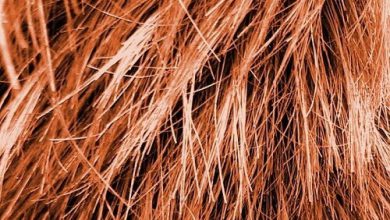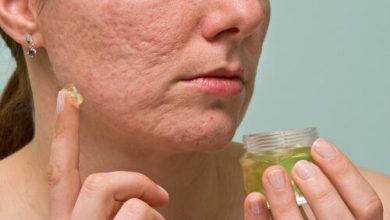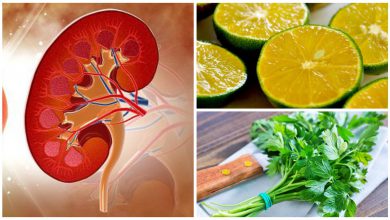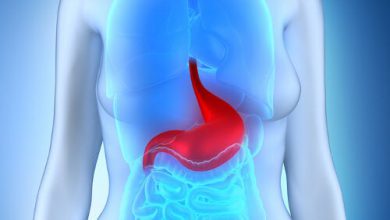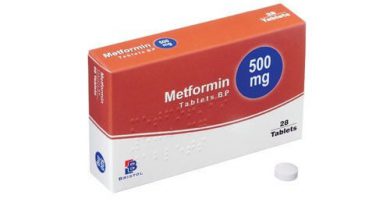Low Sodium Diet, Salt Under Control

Excessive sodium intake increases the risk of disorders such as hypertension and kidney failure. By adopting a low sodium diet, we intend to limit this substance as much as possible to improve health.
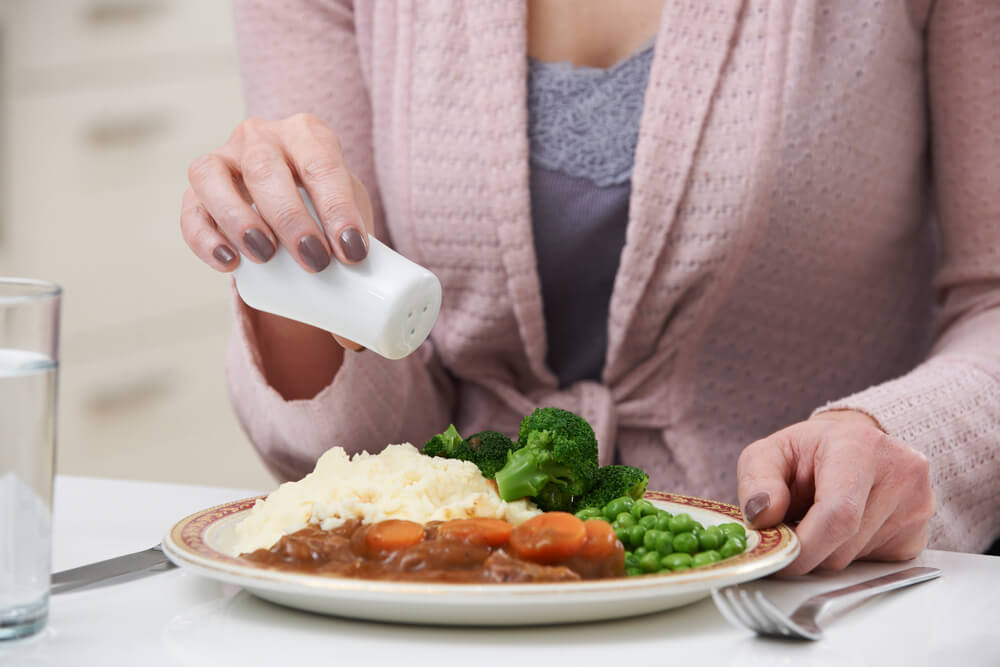
Excessive consumption of salt is one of the risk factors for cardiovascular diseases such as hypertension. Given this, many people have been interested in the low sodium diet as a preventive resource. This dietary model proposes limiting the intake of foods rich in sodium as much as possible to improve health. While it does involve restricting some products from regular consumption, its benefits make it well worth it.
Although it was initially designed for hypertensive and kidney failure patients, today it is an attractive proposal for those who want to take care of their health. It can even be useful to lose weight as it encourages you to eat healthily.
Why is it important to reduce your salt intake? What is the low sodium diet? We understand that many people still do not find answers to these questions. For this reason, we want to share detailed information about this type of diet.
Salt and food
The body needs a certain amount of salt to function in optimal conditions. When ingested, we incorporate this mineral key to the health of many organs. The problem is that salt is present in many foods that are regularly consumed, so it is easy to overindulge in it.
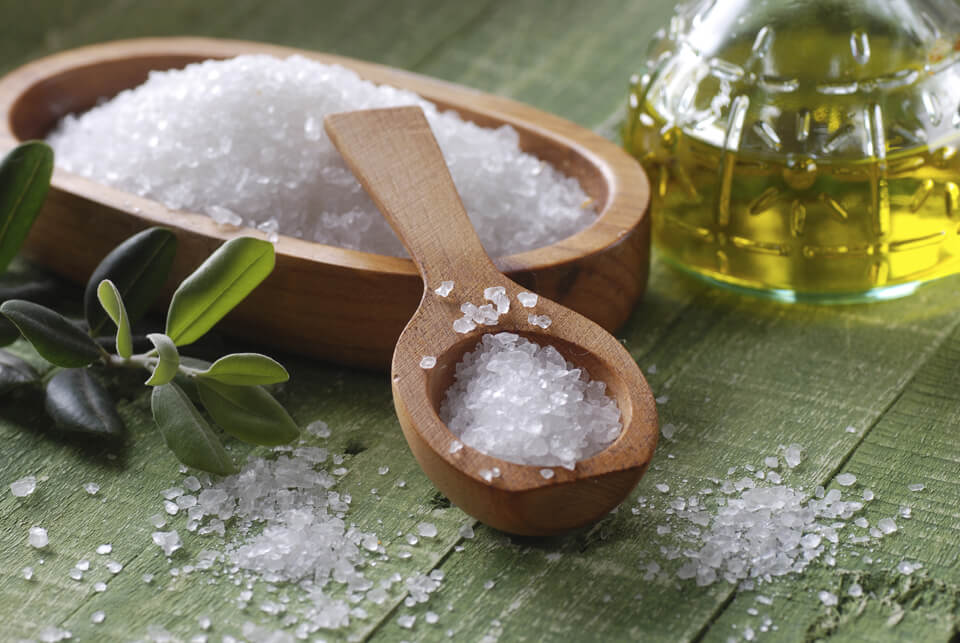
According to the World Health Organization (WHO), most people consume too much salt. They even consume up to double the recommended amount. In general, a healthy diet should contain only 2 to 5 grams of salt.
When this amount is higher than recommended, a build-up of sodium occurs in the body. This situation, although not always clearly manifested, brings with it serious health disorders such as high blood pressure, kidney problems and inflammation.
Why is it advisable to reduce your salt intake?
The reduction of salt consumption is one of the essential measures to ensure the quality of life in general. Through a low sodium diet, many body functions that are affected by sodium accumulation can be improved.
Although many overlook it, taking this ingredient can cause serious imbalances in the body. Some of the related problems include:
- Fluid retention (edema)
- Circulatory insufficiency
- Arterial hypertension
- Kidney and urinary tract diseases
- Deterioration of the stomach lining
- Difficulties in absorbing nutrients
However, it is not a question of eliminating it completely from the diet. Consumed in small doses, salt is necessary for the body. Its assimilation helps maintain fluid balance and is essential for cells and nerve connections.
Everything you need to know about the low sodium diet
To begin with, it is essential to clarify that a low sodium diet is not synonymous with leaving the concept of a balanced diet. Therefore, following this regimen does not imply restricting nutritional groups or adopting dangerous hypocaloric plans.

The main characteristic of this feeding model is the reduction in salt consumption. With some simple guidelines, it is possible to regulate the daily consumption of this ingredient so as not to exceed the recommended daily amounts.
What does a low sodium diet entail?
Like any healthy eating plan, the low sodium diet involves a series of changes in relation to the current diet. However, it does not mean going to extremes or turning eating into suffering. There are, then, three fundamental premises that must be applied:
- Eliminate extra salt (like the salt shaker on the table)
- Choose foods low in sodium and identify those that contain high doses
- Change cooking and seasoning methods, looking for alternatives to salt
Low sodium foods
- Meats and birds
- River fish
- Fresh vegetables and fruits
- Legumes and whole grains
- Nuts and seeds (natural; that is, unprocessed)
- Low-fat milk and yogurt
- Olive oil
- Herbs and spices
Foods high in salt
- Carbonated drinks
- Sausage meats
- Canned and precooked products
- Industrial bakery food and bread
- Cottage cheese, cheeses and butters
- Frozen food
- Broths in cubes
- Roasted and salted nuts
- Industrial sauces and dressings
- Fried foods and packaged snacks
- Pickled foods (olives, pickles, etc.)
Other recommendations for a low sodium diet
Some associate low salt consumption with tasteless and unpleasant dishes. Actually, there are many alternative methods of cooking without this added ingredient. For example, using herbs and spices helps to enhance the flavor. Also, you can follow tips like:
- Cook steamed or in papillote (baked, wrapped in aluminum foil)
- Using organic vinegars and lemon juice as a dressing
- Boil vegetables with little water
- Monitor sodium-containing medications
- Check food labels before buying
- Using different herbs and vegetables for more flavorful preparations
Low sodium diet example

To design the menus of a low sodium diet, you just have to take into account which foods you should avoid. Thus, being clear about healthy foods, you can vary the daily meals of the week. We present a simple example:
- Breakfast: herbal infusion, glass of skim milk and 2 whole wheat toasts (without salt) with honey
- Mid-morning: a seasonal fruit or 1 glass of milk (200 ml) homemade vegetable
- Lunch: unsalted vegetable broth with olive oil and oregano, a serving of lean meat and 2 slices of sodium-free whole wheat bread
- Snack: glass of skimmed yogurt with natural seeds
- Dinner: steamed vegetables with boiled rice without salt and garnished with herbs, grilled breast and 1 banana
Do you think you are eating too much salt? If you think it is time to limit the consumption of this ingredient, follow the low sodium diet. Finally, remember that if you are at risk for cardiovascular disorders, it is essential that you avoid excess sodium.
